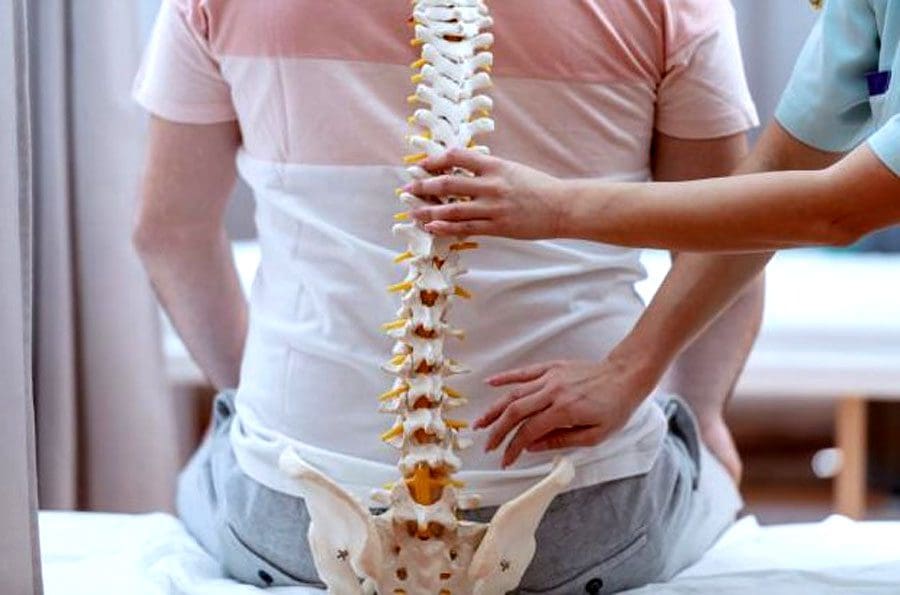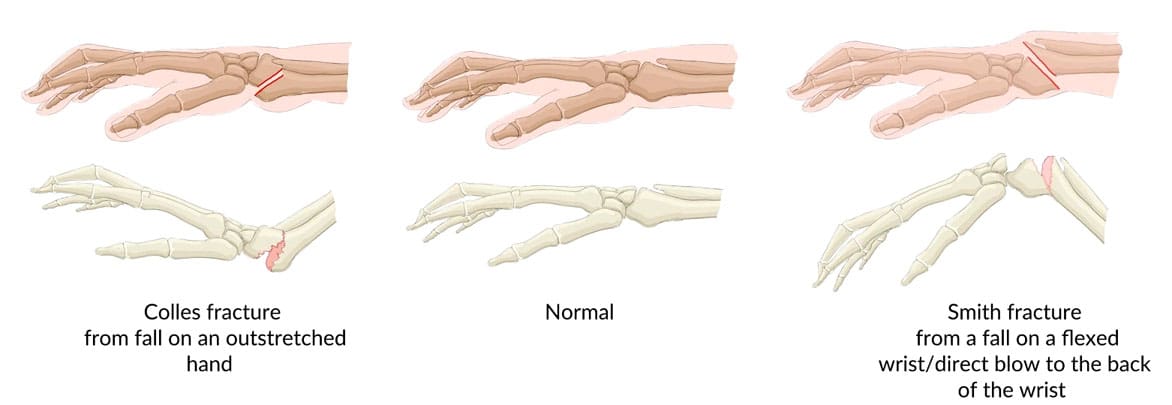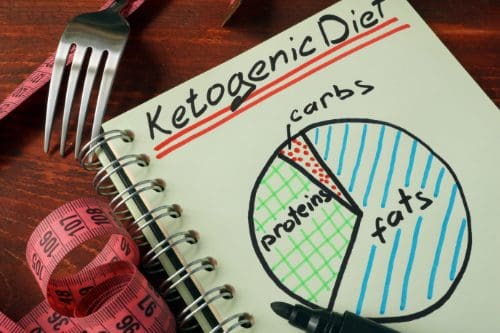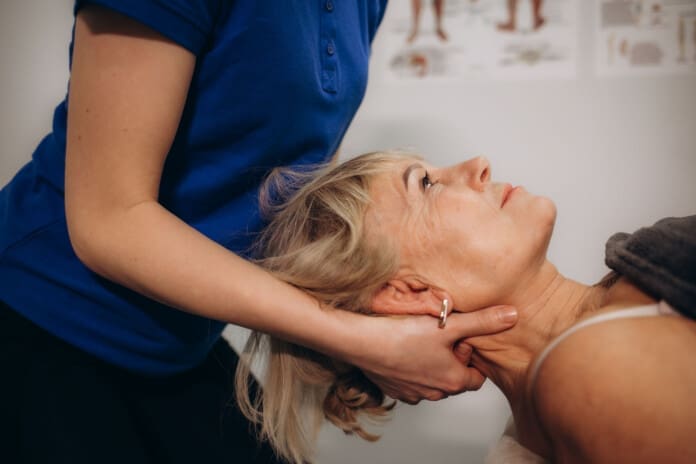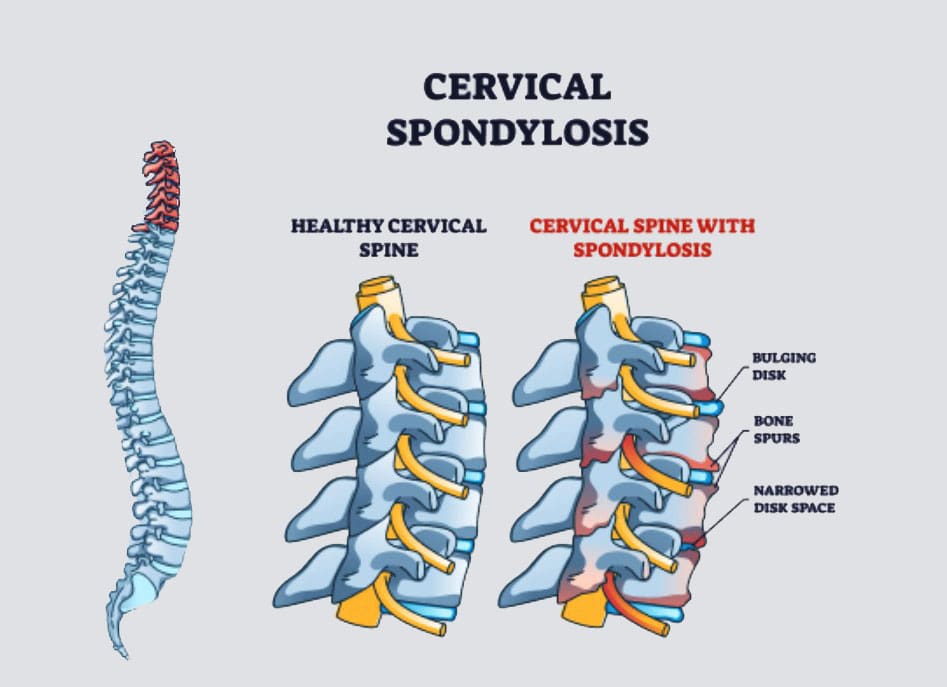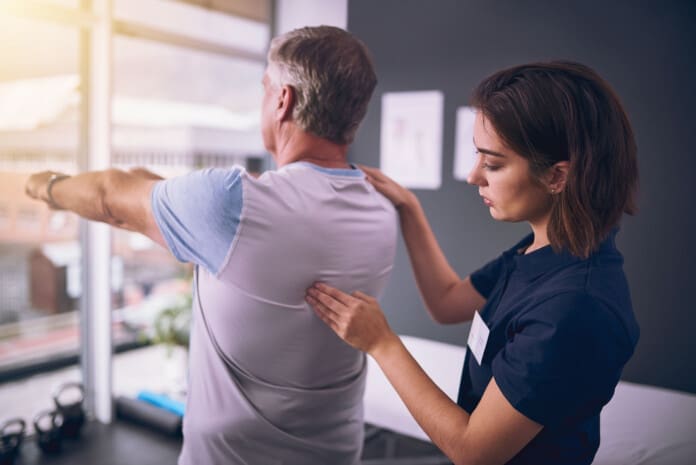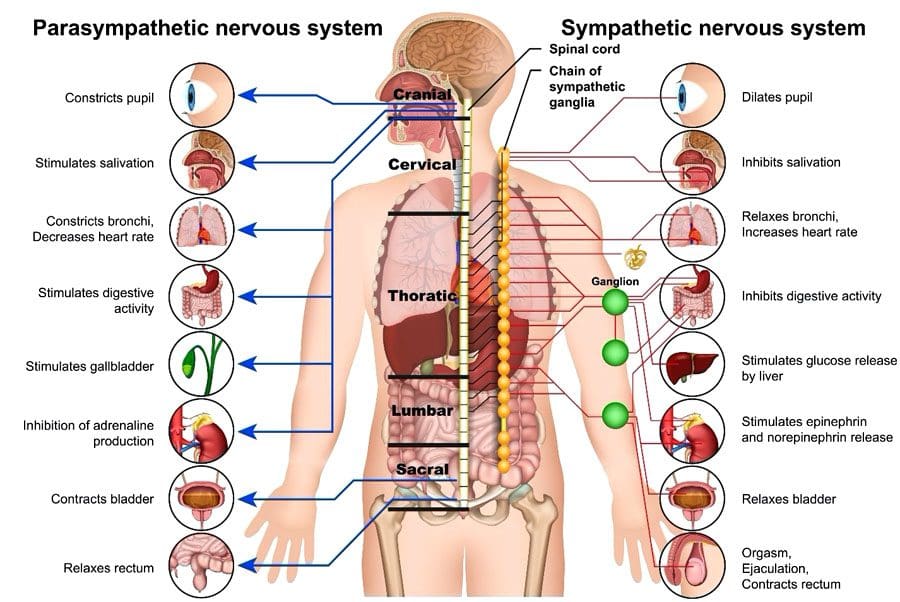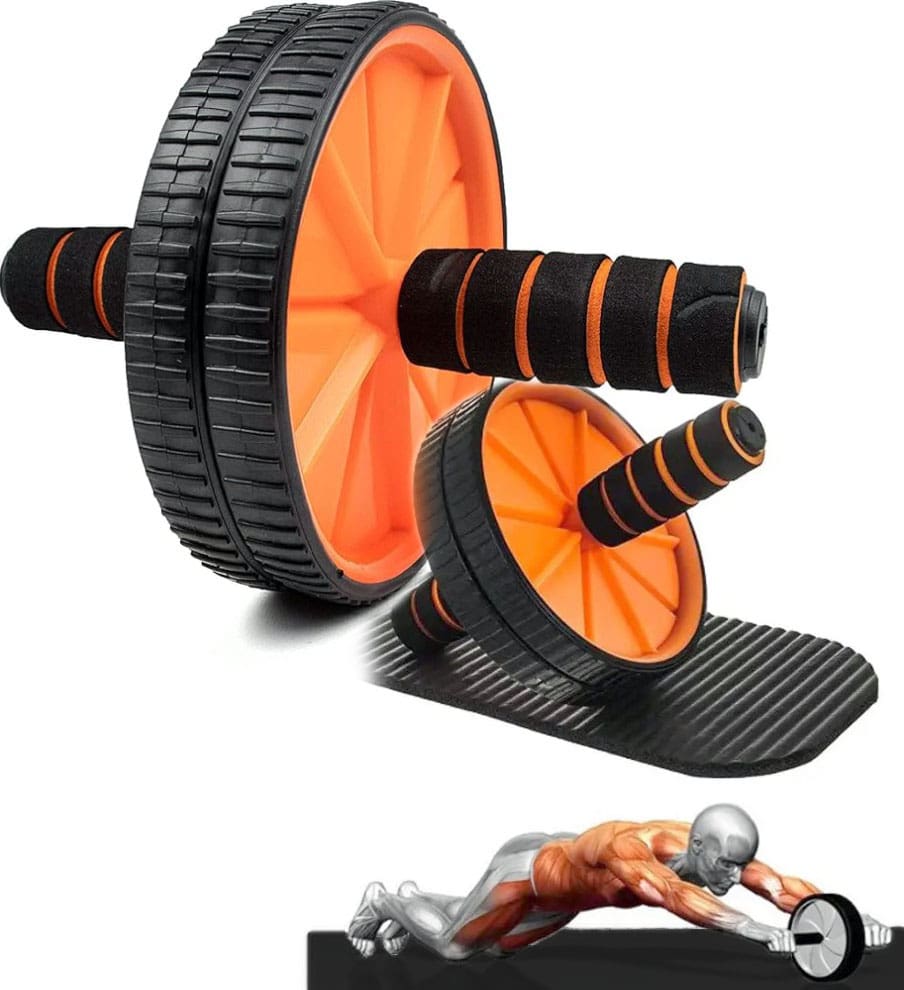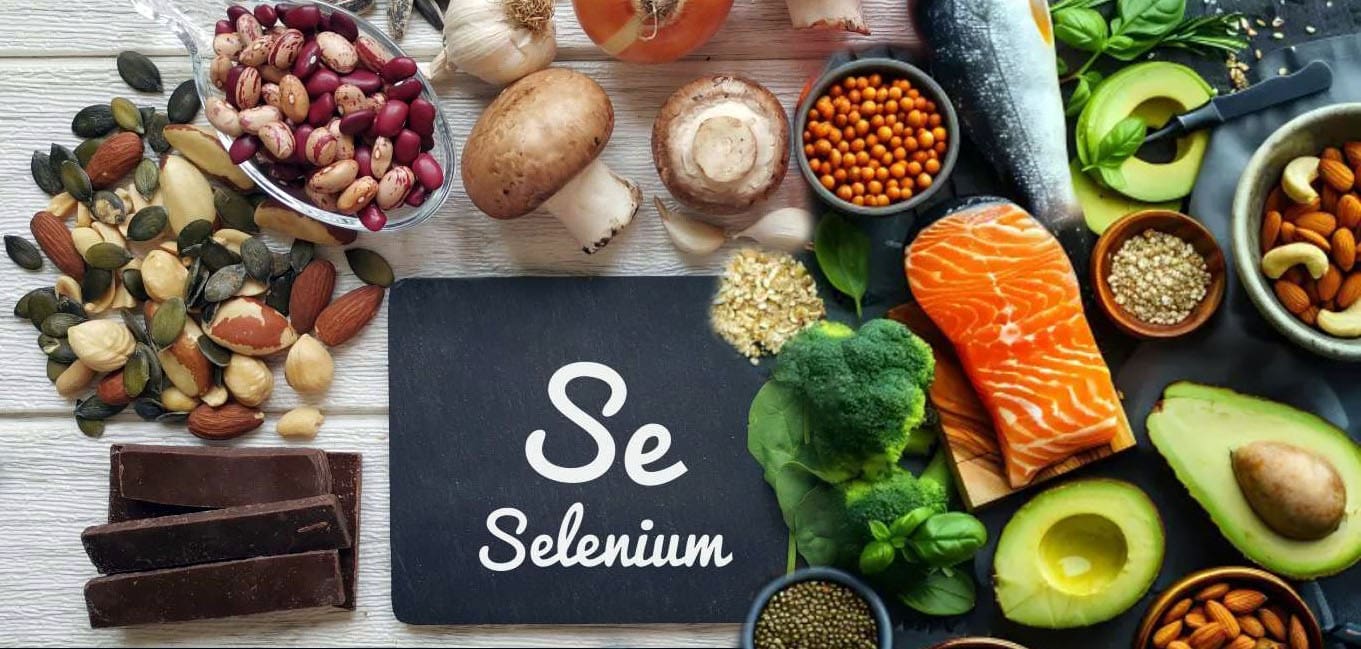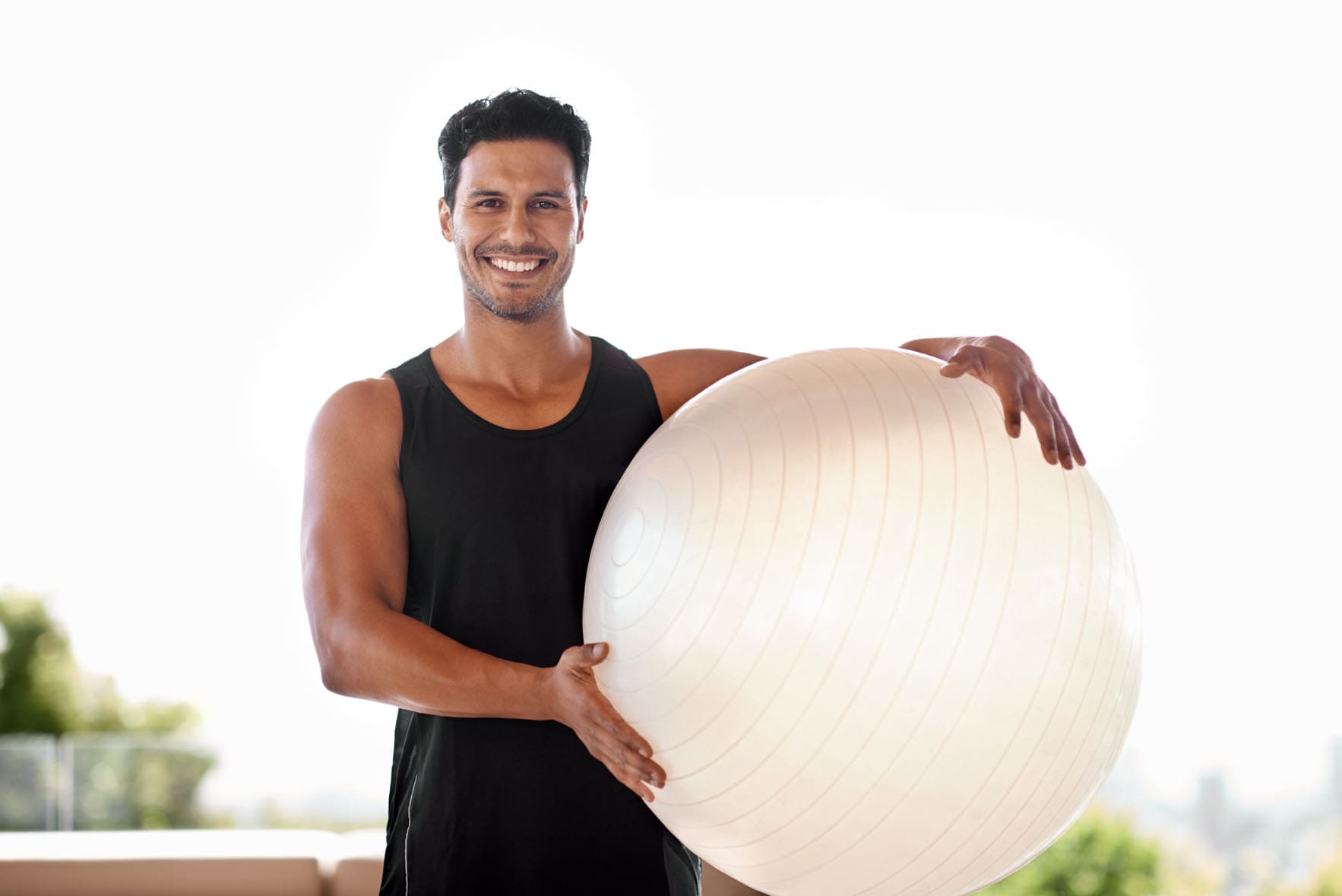For pregnant individuals, dehydration during pregnancy increases the risk of health problems for the individual and the fetus. Is it possible to prevent dehydration by drinking more water and managing morning sickness?

Table of Contents
Pregnancy Dehydration
Maintaining proper hydration is an important part of a healthy pregnancy. Dehydration during pregnancy can occur for several reasons. A pregnant body needs more water to support the increased physical demands. Pregnant individuals need more water than non-pregnant ones and risk losing more water throughout the day. (American College of Obstetricians and Gynecologists, 2023) Pregnant individuals need eight to 12 glasses of water daily to prevent dehydration. Risks of dehydration during pregnancy include:
- Low amniotic fluid levels and preterm contractions.
- Early symptoms can include decreased urination, increased thirst, and dry mouth.
- Serious symptoms can include dizziness, confusion, fainting, and low blood pressure.
- In severe cases, intravenous/IV intervention may be required to replenish fluids.
Maintaining hydration can help the body meet increased pregnancy needs. (Mulyani E. Y. et al., 2021)
Causes
The body’s physiological changes during pregnancy cause it to require more water. Pregnant individuals need more water and lose more water throughout the day. Dehydration happens when the body loses more water than it takes in. Factors that contribute to dehydration during pregnancy include: (Song, Y. et al., 2023)
Increased Blood Volume
- A pregnant body requires increased blood circulation.
- Blood volume increases as much as 30% to 45%.
- The body needs more water to keep up with the increased volume.
Changes In The Urinary System
- The kidneys often increase slightly in size during pregnancy.
- This causes changes in the urinary system, causing the body to lose more water.
Changes In The Respiratory System
- The increased demands on the body cause increased breathing.
- Each time the body exhales, it loses water through the breath.
Increased Metabolism
- Pregnancy causes the adrenal and thyroid functions to become slightly hyperactive.
- This leads to increased metabolism and sweating.
- When the body loses water through sweat, dehydration risks increase.
Increased Nutrition
- A pregnant individual requires 300 extra daily calories, which increases to 450 additional daily calories in late pregnancy.
- Eating more means the individual needs added hydration to support digestion and prevent constipation.
Morning Sickness
- Nausea and vomiting are common.
- Morning sickness causes fluid loss, increasing the risk of dehydration.
- Individuals who are nauseated throughout the day also may have trouble drinking the proper amount of water. (American College of Obstetricians and Gynecologists, 2023)
Symptoms
Becoming mildly dehydrated during pregnancy is common, and early symptoms may include: (National Library of Medicine, 2023)
- Increased thirst
- Dry mouth
- Chapped lips
- Headaches
- Dark yellow urine
- Decreased urination
- Constipation
If the body does not acquire enough water when mildly dehydrated further symptoms can present and include fatigue, dizziness, feeling overheated, and having Braxton Hicks contractions or tightening and release of the uterus that are not from labor contractions. (Mulyani E. Y. et al., 2021)
Emergency Symptoms
Severe dehydration can lead to serious pregnancy complications and require immediate medical care. Emergency signs and symptoms include: (National Library of Medicine, 2023)
- Irritability
- Confusion
- Sunken eyes
- Fainting
- Low or no urine
- Low blood pressure
- Rapid heart and breathing rate
- Shock
Risks
Staying hydrated is essential, and hydration status affects health and pregnancy outcomes. When pregnant, the body needs extra water to produce enough amniotic fluid, which fills the amniotic sac with the fetus. When amniotic levels are low, the fetus has little room to grow and move. This can lead to delayed growth and development and potential umbilical cord issues. If the umbilical cord becomes compressed, the baby cannot receive oxygen and nutrients, which can quickly lead to an emergency. (Song, Y. et al., 2023) Chronic, untreated dehydration during pregnancy increases the risk of complications and can include (Aziz M. M. et al., 2018) (Song Y. et al., 2023)
- Preterm contractions
- Decreased birth weight and length
- Reduced head circumference and chest circumference
- Neural tube defects – malformations in early development of the brain and spine.
- Low milk production
Rehydrating and Adding Electrolytes
Individuals must drink eight to 12 glasses of water daily to prevent dehydration (American College of Obstetricians and Gynecologists, 2020). Rehydration with water and electrolytes, essential minerals the body needs for normal function, may also be recommended. Ask a healthcare provider if they recommend consuming electrolytes through sports drinks, Pedialyte, coconut water, or electrolyte powders.
Prevention
Dehydration prevention can be done through (American College of Obstetricians and Gynecologists, 2020)
- Drinking 12 glasses of water per day.
- Drink between meals if drinking water is difficult because of nausea or feeling full.
- Always have a water bottle, and drink what is possible when nausea is not manifesting.
- Other recommended sources can include milk, natural fruit juices, and broth.
- To reduce water loss, avoid high-caffeine or sugar drinks.
- Take frequent breaks and drink more water when in the heat.
Minor Dehydration Treatment
Most pregnant individuals can safely treat mild dehydration at home. Call a healthcare provider if there are any concerns about symptoms. To treat minor dehydration, rest in a cool area and replenish fluids. Drink water, a sports drink, or a rehydration solution like Pedialyte. If symptoms do not improve, contact a healthcare provider. (Song Y. et al., 2023)
Injury Medical Chiropractic and Functional Medicine Clinic
Fortunately, treating and preventing dehydration is possible by drinking plenty of water throughout the day, avoiding drinks with caffeine or sugar, and taking frequent breaks. Injury Medical Chiropractic and Functional Medicine Clinic works with primary healthcare providers and specialists to develop an optimal health and wellness solution. We focus on what works for you to relieve pain, restore function, and prevent injury. Regarding musculoskeletal pain, specialists like chiropractors, acupuncturists, and massage therapists can help mitigate the pain through spinal adjustments that help the body realign itself. They can also work with other associated medical professionals to integrate a treatment plan to improve the body’s flexibility and mobility and resolve musculoskeletal issues.
Pregnancy and Sciatica: How Chiropractic Can Help
References
American College of Obstetricians and Gynecologists. (2023). Nutrition during pregnancy. https://www.acog.org/womens-health/faqs/nutrition-during-pregnancy
Mulyani, E. Y., Hardinsyah, Briawan, D., Santoso, B. I., & Jus’at, I. (2021). Effect of dehydration during pregnancy on birth weight and length in West Jakarta. Journal of nutritional science, 10, e70. https://doi.org/10.1017/jns.2021.59
Song, Y., Zhang, F., Lin, G., Wang, X., He, L., Li, Y., Zhai, Y., Zhang, N., & Ma, G. (2023). A Study of the Fluid Intake, Hydration Status, and Health Effects among Pregnant Women in Their Second Trimester in China: A Cross-Sectional Study. Nutrients, 15(7), 1739. https://doi.org/10.3390/nu15071739
American College of Obstetricians and Gynecologists. (2023). Morning sickness: nausea and vomiting. https://www.acog.org/womens-health/faqs/morning-sickness-nausea-and-vomiting-of-pregnancy
National Library of Medicine. MedlinePlus. (2023). Dehydration. Retrieved from https://medlineplus.gov/dehydration.html
Aziz, M. M., Kulkarni, A., Tunde-Agbede, O., Benito, C. W., & Oyelese, Y. (2018). Are Women With Threatened Preterm Labor More Dehydrated Than Women Without It? Journal of obstetric, gynecologic, and neonatal nursing: JOGNN, 47(5), 602–607. https://doi.org/10.1016/j.jogn.2018.05.006
American College of Obstetricians and Gynecologists. (2020). How much water should I drink during pregnancy? https://www.acog.org/womens-health/experts-and-stories/ask-acog/how-much-water-should-i-drink-during-pregnancy








